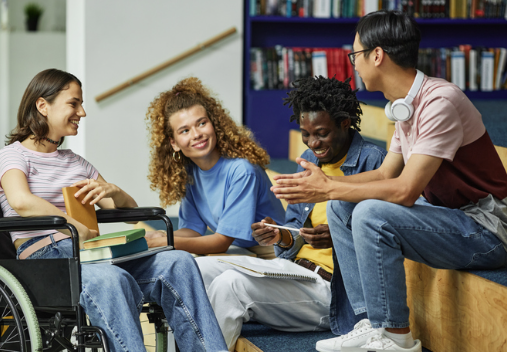Creating inclusive and accessible higher education environments is essential to ensuring that every student has an equal opportunity to succeed. Accessibility goes beyond physical access—it includes academic resources, learning formats, technology, and support systems that meet the diverse needs of all learners.
What Accessibility Means in Higher Education
Accessibility in higher learning refers to designing campuses, courses, and services so that students of all abilities and backgrounds can participate fully. This includes students with disabilities, language differences, learning challenges, and varying socioeconomic circumstances.
Removing Physical and Digital Barriers
Accessible campuses include features like ramps, elevators, automatic doors, and signage that aid navigation. In digital learning, it means using screen-reader compatible materials, captioned videos, and readable file formats. These adjustments help ensure that all students can access course content independently and confidently.
Flexible Learning Formats
Offering courses in multiple formats—such as in-person, online, hybrid, or asynchronous—gives students the flexibility to learn in ways that fit their needs. This supports learners with different schedules, health needs, or geographic limitations.
Support Services and Accommodations
Colleges and universities provide academic accommodations through disability resource centers. These may include extended test times, note-taking assistance, alternative textbooks, or accessible technology. Such support helps level the playing field for students with documented needs.
Inclusive Teaching Practices
Professors and instructors can use inclusive teaching methods by designing assignments that allow for varied responses, encouraging collaboration, and being mindful of diverse perspectives. Clear instructions, structured materials, and open communication help all students thrive.
Community and Belonging
Accessibility also involves fostering a welcoming campus culture. Peer mentoring, advocacy groups, and inclusive events help create a sense of belonging. When students feel seen and supported, they are more likely to succeed academically and socially.
Final Thoughts
Accessibility in higher learning is a shared responsibility that benefits everyone. By removing barriers and promoting equity, educational institutions create opportunities for all learners to achieve their goals and contribute meaningfully to their communities.














